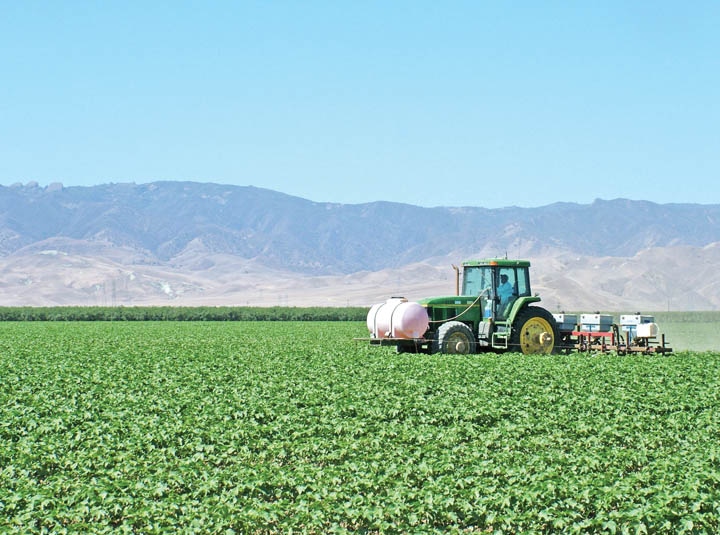June 15, 2011

More than 40 percent of this year’s American Pima cotton has been sold with the crop little beyond the seedling stage, according to Supima.
With the 2010 crop of 483,000 bales sold out and more than 300,000 bales of the anticipated 700,000-bale U.S. crop already sold at least five month before harvest, demand and prices should continue strong.
Spot Pima prices are at $2.60 per pound, not far off the peak of $3.05 for last season’s crop.
With the current (2010-2011) crop virtually sold out, and with prices continuing to stay high for the new crop, the current forecast for new crop production certainly looks to fall far short of old production levels and records, according to Marc Lewkowitz, executive vice president of Supima.
California is the largest producer of Pima, and it looks like the final acreage could be about 40,000 acres less than the most optimistic pre-planting estimates.
American Pima cotton production reached a high mark of 851,800 bales during the 2007-2008 crop year with 288,100 acres. The actual running bale figure from that year was 823,500 bales according to the USDA.
Last year, the production for the 2010-2011 crop year for American Pima cotton crop was listed at 483,450 running bales. When prices for that crop topped $3 per pound, a much bigger 2011-2012 crop was expected — possibly a new record crop.
However, there will be no records this season.
The initial USDA–NASS Prospective Plantings Report from was disappointing, as total U.S. American Pima cotton acreage was forecast to be 252,500 acres. Arizona was predicted to see 9,000 acres versus 2,500 the year before. Similarly, California and New Mexico were also expecting increases from 182,000 acres to 225,000 acres and from 2,700 acres to 3,500 acres respectively. Texas on the other hand was forecast to see acreage fall from 17,000 acres the year before to 15,000 acres.
Two months later, estimates have changed a little based on independent industry surveys and a lot of coffee shop talk, according to Lewkowitz.
Same grower issues
The issues that many growers faced last year are much the same again this year, regardless of potential price, he said. Water continues to be a significant question in New Mexico and Texas. The belief is that there is enough water to grow a cotton crop, but the first release of water may not come until June 1, certainly too late for planting any additional cotton. The sale of American Pima planting seed was very high, and seemed to indicate that there was a potential for record planted acreage in some areas. Yet, a good portion of that seed may never make it out of the bag this season.
The current industry sentiment on acreage now expects that Arizona acreage could reach 8,500 acres — slightly below the 9,000 acres estimated in the Prospective Plantings Report. California, however, is believed to have approximately 261,500 acres planted according to a gin survey conducted recently by the California Cotton Ginners and Growers Associations (CCGGA). That number is a sizeable increase over spring 225,000-acre USDA–NASS estimate. However, it also falls short of some of the more optimistic acreage estimates that had approached a 300,000-acre figure for California. New Mexico is very close with current estimates at about 3,400 acres, a mere 100 acres off from the earlier estimate, and Texas acreage may be closer to last year’s acreage number of 17,000 acres with reports that growers that have water are planting American Pima again for the first time in years.
Assuming that the latest estimates are close to the final numbers and allowing for conservative yields in consideration of some later plantings and tougher early weather, the production for the 2011-2012 crop may only come in at around 700,000 bales, according to Lewkowitz. The USDA–WAOB World Agricultural Supply and Demand Estimate only forecasts U.S. production to be 677,000 bales.
By mid-May, export sales were already reported at 318,900 bales for the crop that will be harvested in November.
It will be another tight-supply, high-price year for American Pima cotton producers.
About the Author(s)
You May Also Like






